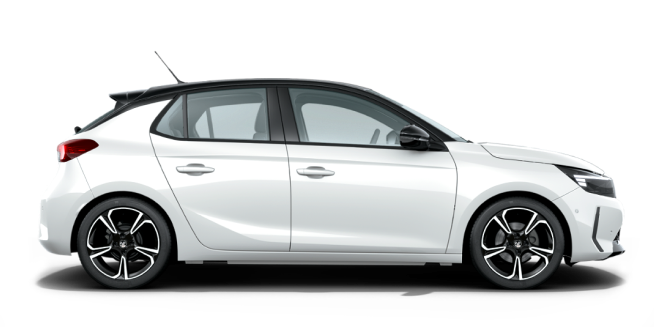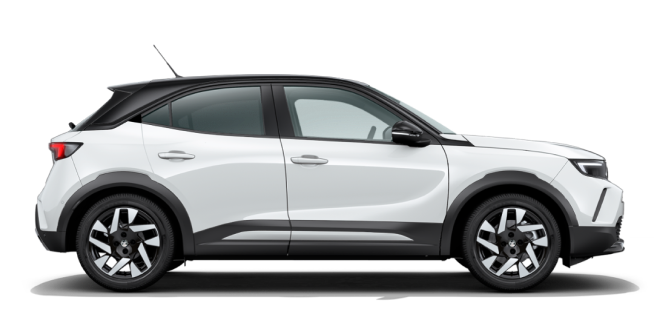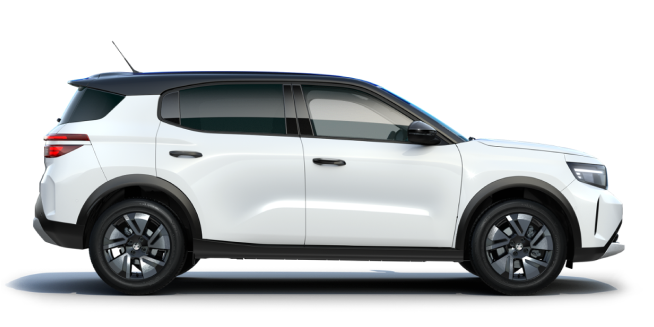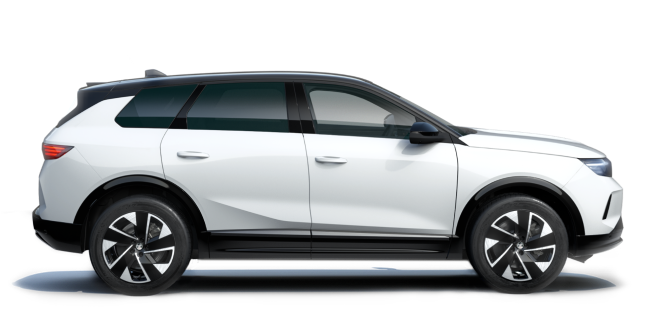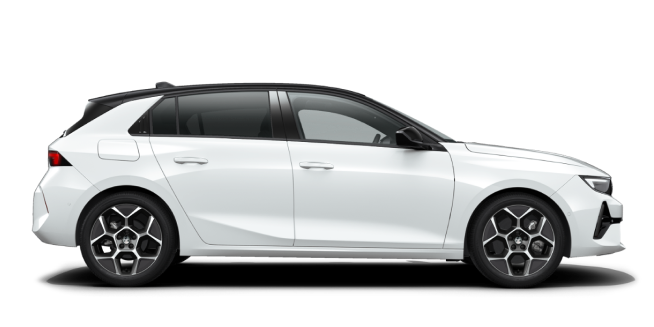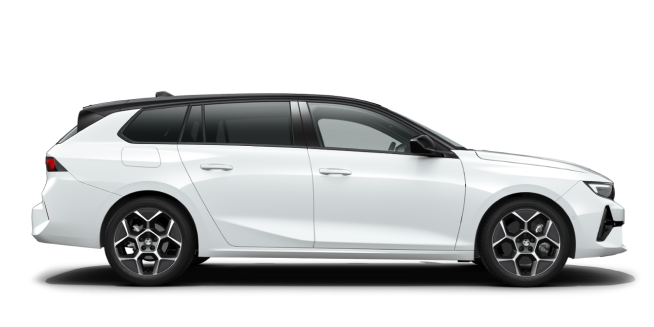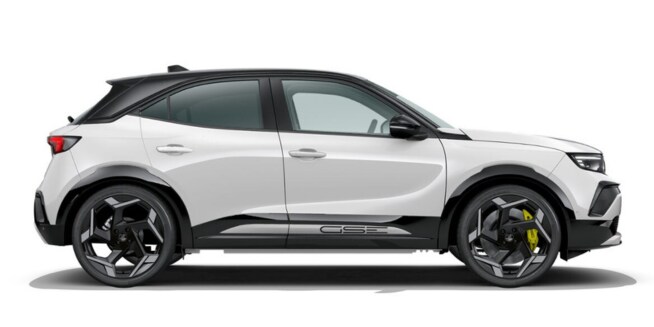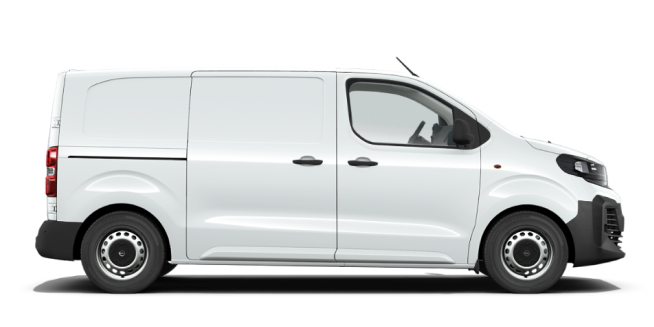
Tips to maintain your Vauxhall at home
To keep your Vauxhall running in peak condition, we’ve put together some tips that you can follow at home.

Basic steps to help maintain your Vauxhall
It is important to have your Vauxhall serviced correctly. However, there are some quick and easy jobs that you can do to help maintain your vehicle.
Take a look at our tips on how to look after your Vauxhall at home.

- Tyres – Check condition, pressure, tread depth
- The recommended pressure can be found on the tyre’s sidewall. Pressure and condition will reduce naturally if the vehicle is not being used.
- The law requires vehicle tyres to have a minimum tread depth of 1.6mm in a continuous band around the central three quarters of the tyre. A quick and easy way to see if your tyre tread exceed the minimum legal tread depth is to take the 20p test. Simply place a 20p coin into the main tread grooves of your tyre. If the outer band of the 20p coin is obscured when it is inserted, then your tread is above the legal limit.
- The recommended pressure can be found on the tyre’s sidewall. Pressure and condition will reduce naturally if the vehicle is not being used.
- Oil – Check level and top up if required
- Fuel – Keep fuel topped up to prevent moisture from getting into the tank, which can cause rust
- Screen wash – Keep screen wash topped up with proper screen wash fluid. Use of water on its own can become “smelly” over time

- Battery – We’d recommend running the engine for a period of time each week to ensure a level of charge is maintained in the battery. Most batteries are now sealed, so no need to top up electrolyte levels with distilled water. If your vehicle is stored in a garage, please ensure you move the vehicle outside before running. If you are not using the vehicle, it’s best to disconnect the battery.
- Air Conditioning – If you notice bacterial growth and unpleasant smells inside the vehicle, consider Air Con refresh and replacement pollen filter
- Wiper blades – Check for cracking and splitting
- Check exterior lights – It’s handy to keep some spare bulbs just in case you need to replace any
- Exterior and paintwork - Clean the exterior of your vehicle to remove any marks that could damage the vehicle paintwork. Using a wax after cleaning can help to prevent further damage

10. Vehicle interior – Cleaning the interior of your vehicle could not be more important in these times. Here is a handy A-Z checklist of areas to cover:
a. Steering wheel
b. Steering wheel controls
c. Control stalks
d. Rear view mirror
e. Ignition and power button
f. Keys
g. Air vents – passenger and central
h. Gear stick
i. Infotainment/radio/Sat Nav
j. Heating controls
k. Seatbelts and clips
l. Seat adjust controls
m. Head rests
n. Seat pockets
o. Door handles and releases
p. Door pocket
q. Window switches
r. Interior lights
s. Wing mirror controls
t. Parcel shelf
u. Boot floor tab
v. Fuel cap release
w. Glove box and log-book
x. Central storage
y. Cupholders
z. Bonnet release lever
- Vehicle interior – Cleaning the interior of your vehicle could not be more important in these times. Here is a handy A-Z checklist of areas to cover:
a. Steering wheel
b. Steering wheel controls
c. Control stalks
d. Rear view mirror
e. Ignition and power button
f. Keys
g. Air vents – passenger and central
h. Gear stick
i. Infotainment/radio/Sat Nav
j. Heating controls
k. Seatbelts and clips
l. Seat adjust controls
m. Head rests
n. Seat pockets
o. Door handles and releases
p. Door pocket
q. Window switches
r. Interior lights
s. Wing mirror controls
t. Parcel shelf
u. Boot floor tab
v. Fuel cap release
w. Glove box and log-book
x. Central storage
y. Cupholders
z. Bonnet release lever

11. Bio Diesel – Stop fuel system blockages by adding a fuel treatment. We know that if Bio Diesel is left idle for long periods, bacterial growth can occur in the fuel system.
12. Diesel Particulate Filter (DPF) – with limited use and short distances travelled, the system may clog, so our advice is to keep on driving for a little while (10 to 15 minutes should be long enough) if the DPF warning light illuminates during a journey. This should make it possible for the system to complete a regeneration cycle and clear the warning light.
13. AdBlue – Top up the system to prevent the risk of running out and the vehicle not starting. You can find out more about AdBlue here.

Electric and Hybrid vehicles have the same battery as a conventional vehicle but charging is different
14. Once a week, press the start button so that the ready light comes on. This will initiate the charging system and keep the battery level topped up. Check the handbook for your vehicle as some electric and plug-in hybrids can maintain their battery if plugged into the mains charger.

